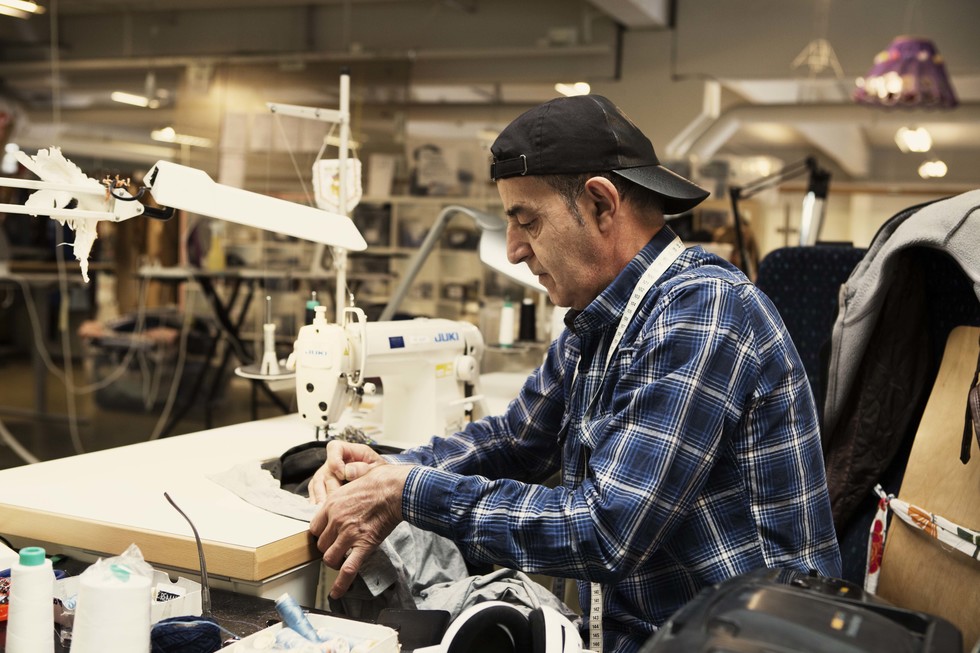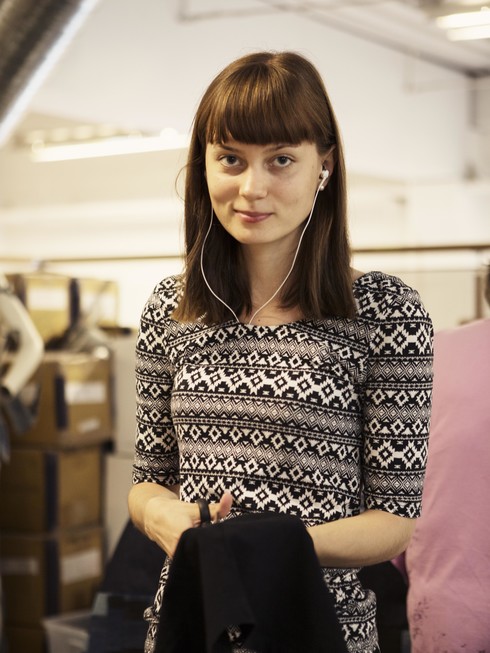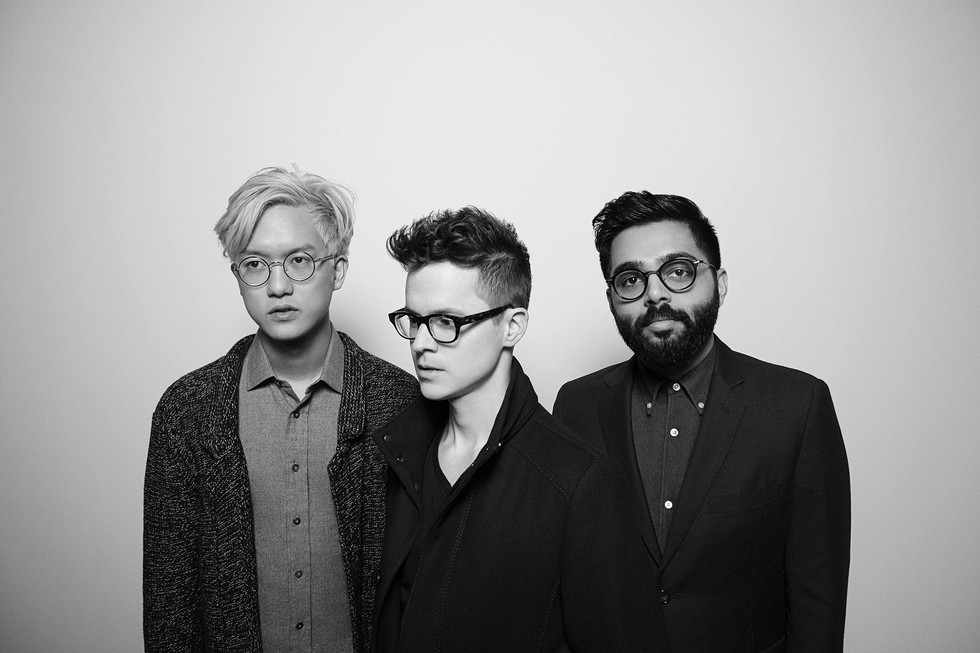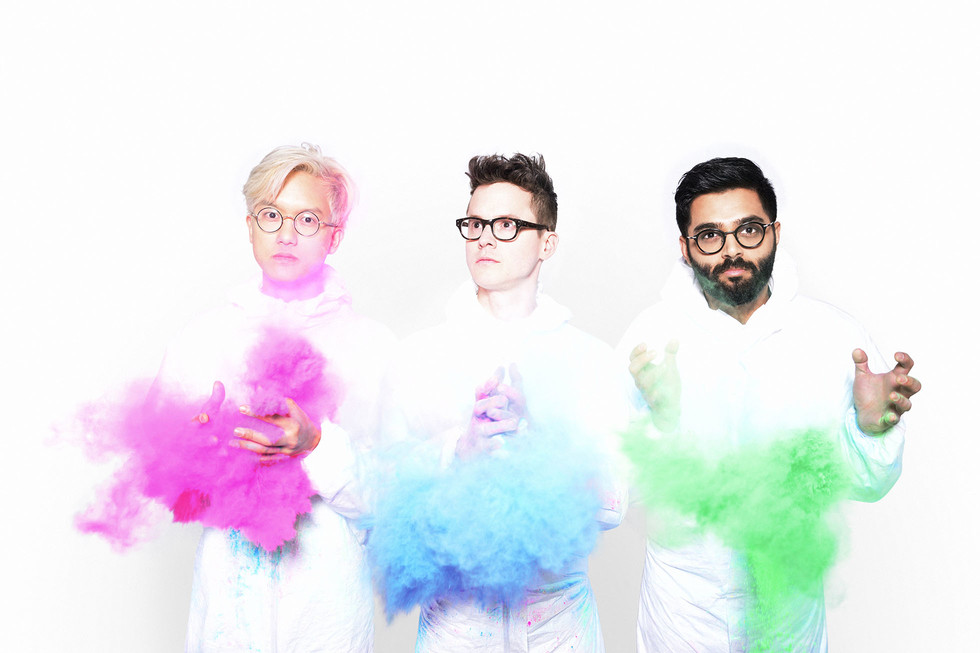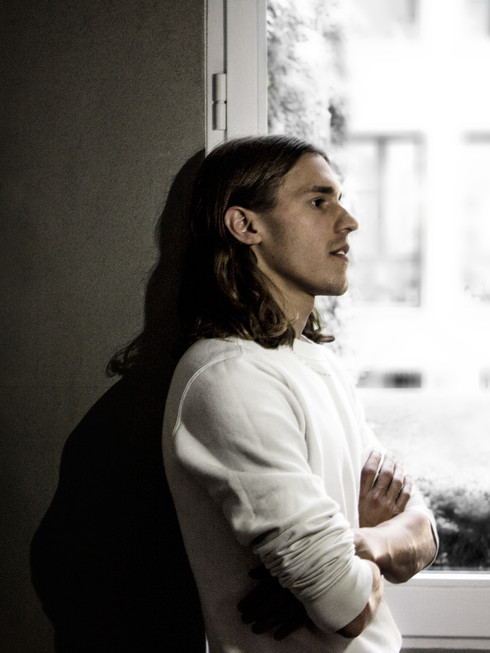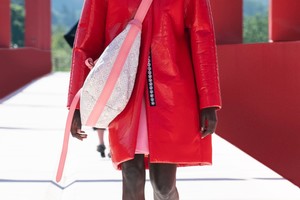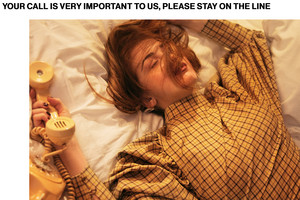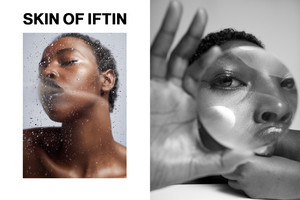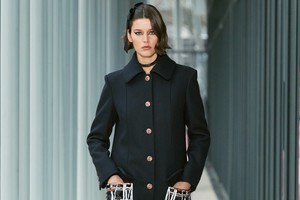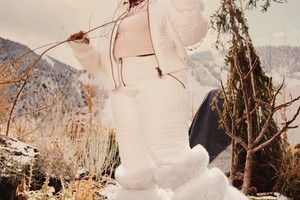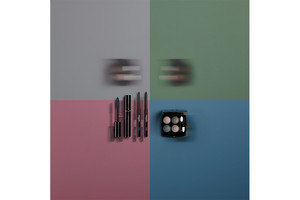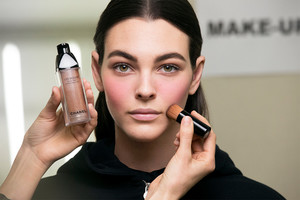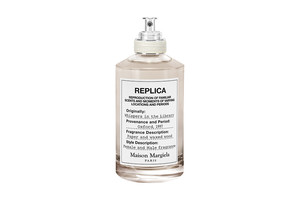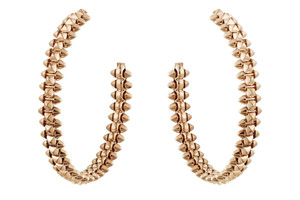Stadsmissionens REMAKE - Sustainable and Conscious Fashion.
Written by Fashion TalesEdited by Meghan Scott
Every person living in Stockholm is familiar with Stockholms Stadmission, a chain of stores that sells second hand clothing at very reasonable prices. REMAKE, Stadmissions new label revives, deconstructs, reconstructs and then sells recycled clothing by incorporating new shapes and designs. REMAKE is a project that will not only benefit the environment but also the employees at REMAKE who are from Stadsmissionen’s own community.
Maria Lagerman, operations manager, tells us that, “The idea came from the fact that the second-hand industry always has a certain flow of garments and materials that could not be resold. Since some of us had good fashion design skills, we began this project”.
Stockholm Stadsmission doesn’t only work with recycled clothes, it is a distinguished and respected non-profit organisation that was established in 1853. The mission was and still is to make Stockholm a more humane city for all. The organization is there for people without a home or are victims of abuse, children, young and the elderly in need. For the young adults, they arrange youth activities, summer camps, youth clinics and counselling among other services. In addition, Stadmission helps underpriviledged people acquire basic needs such as food, clean clothes, and housing. Employment opportunities are given through organising job training and internships.
Yasmine had the opportunity to sit down with Maria Lagerman and discuss REMAKE.
Yasmine:
Maria, tell me more about the background of REMAKE?
Maria:
The ideology behind REMAKE is progressive in Sweden, producing sustainable products with recycled materials. REMAKE has now evolved it’s mission to focus primarily on excess garments and materials such as Denim and shirts. They serve as the foundation to our concept.
Long-term thinking and sustainability are a high goal for us. Sustainable thinking is used in choosing of materials as well as who works on the production.
Our stores are run as social enterprises which create job opportunities for through job training and internships, helping people grow. The profits from sales go to the Stadsmission’s efforts to work with labor integration.
Yasmine:
Who are the people behind the clothes?
Maria:
The designs and our collections are produced by our in-house design professionals. However, at REMAKE we work together as a team to reach our full potential as individuals as well as being a part of our mission to reach out to more people that appreciate sustainable fashion. Essentially all of our employees input ideas. Our employees want to share their experiences and be a part of a more sustainable society. We believe that everyone can be a part of our production at REMAKE. We have no special requirements, but make sure we have methods that allow for as many people as possible to work with us. Social responsibility with sustainability are the keywords for Stadsmission, As a customer or partner, you become aware that things may take a little longer than expected. Here we create a good working environment providing everyone with meaningful tasks. Read more in our Sustainability Guide or read more about our sustainability efforts in the Annual Report 2015.
Yasmine:
What's REMAKE’s social morality? Are there principles that everyone who works with REMAKE needs to follow?
Maria:
If a group works with us then they should also stand behind REMAKE's and Stockholm City Mission values. In regard to production, all who work with us must work within the parameters of our sustainability guide. http://www.stadsmissionen.se/Secondhand/Remake
The project has given us the chance to contribute to a more sustainable way of living. By buying second-hand, you save a lot fabrics and clothes from just going to waste, and is instead put to good use and being recycled. Used garments contains less chemicals than new because they’ve already been washed many times. The bags that you can buy in the store are compostable bags that decompose within 18 months as part of REMAKE's concept based on sustainability and durability.
We step in where the community resources and efforts are not sufficient in adapting its business based on the needs of the people in Stockholm - both short and long-term. The point is - it is possible to change the lives of all who are in need or might have fallen off.
Our most important task is to help people build confidence in their own abilities and regain power over their lives.’
Yasmine:
How would you explain what this project does for society?
Maria:
We believe that materials and people are worth much more than one chance. We want our work to focus on social responsibility by supporting the people and we want to contribute to influencing the fashion industry to focus on environmental and social sustainability. We are also thinking differently about about fashion, we aren’t using labels for gender and size, our garment are ‘suitable size’, you will find something that fits you and wear it how you like. Our style is long-term, we try and eliminate fads, trends and seasons.
Yasmine:
What do you think society’s responsibility is in embracing similar projects?
Maria:
Society needs to promote similar projects by setting up clear guidelines for producing sustainable fashion and design. Enforce policies and providing better working conditions and convert existing businesses who do not comply, both domestically and globally. The community could also start a larger dialogue about the capabilities found in individuals who may have difficulty succeeding in the current work force.
Yasmine:
What do you wish that we as a society could do better?
Maria:
That we would make more conscious decisions in our garment consumption and how we take care of our clothes with both people and the environment in mind.
Yasmine:
Do you hope other brands and social projects will take similar initiatives as you have with REMAKE?
Maria:
Absolutely! We need more people who want to work with design while simultaneously prioritising social responsibility, and we are happy to share our experiences and how we work.
Yasmine:
What are your future dreams and plans for this project?
Maria:
We want to continue working with our business model and continue creating quality garment designs and methods and continue creating quality lasting garments. We imagine the quality and style will ensure that the garment survives a lifetime, starting in your closet, then to another’s maintaining it’s original form, or even be constructed in to something new. Most importantly we want to continue to capture the skills and abilities of all who work with us, and to be a part of contributing to each individual reaching positive goals.


